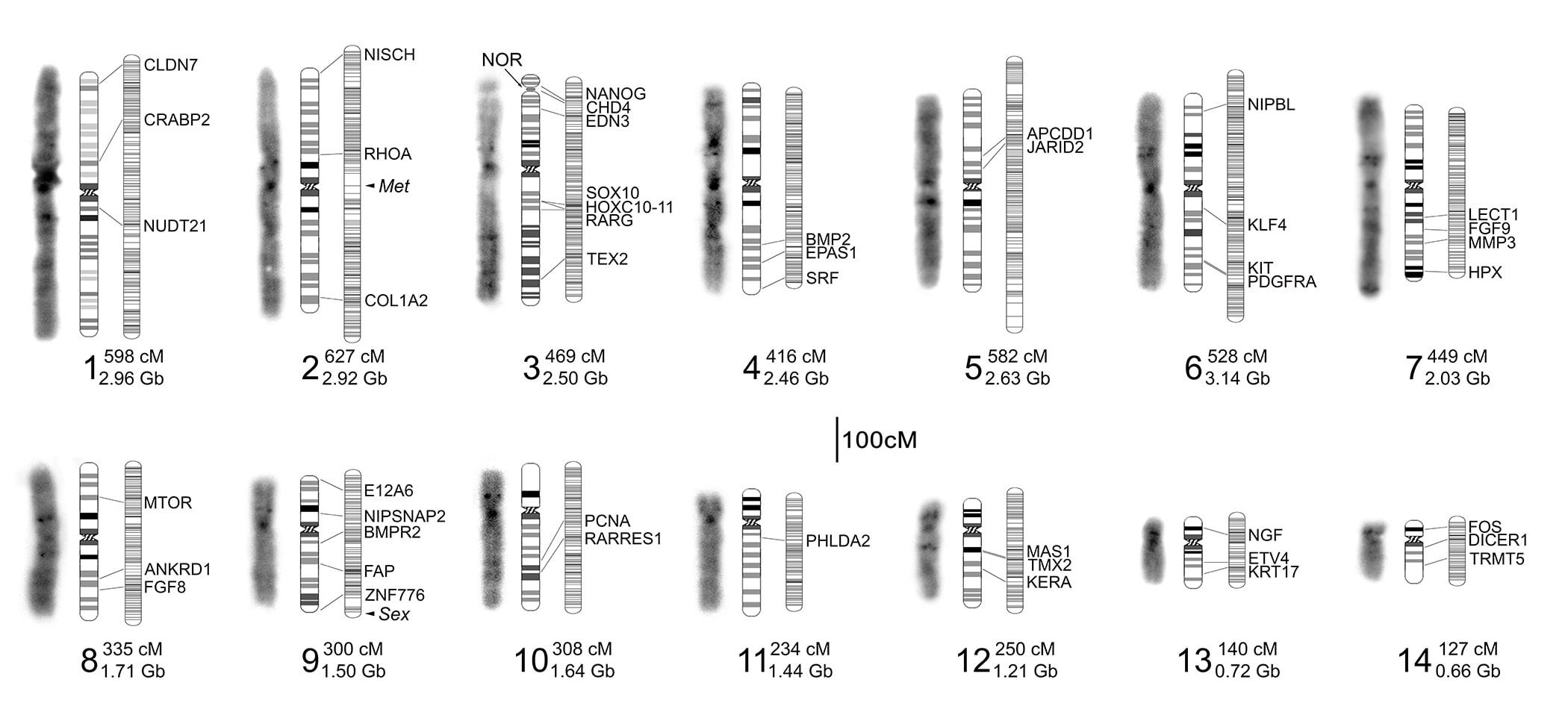What types of research are axolotls used for?
Salamanders are attracting renewed interest from biomedical researchers because of their unrivaled ability to regenerate entire organ systems.
A salamander can regenerate any of its limbs, its tail, parts of its brain and spinal cord, damaged parts of its heart and lungs, and almost any other part of its body. Understanding the cellular and genetic mechanisms by which salamanders regenerate tissues could have clinical significance for treating human trauma, disease, and aging. In recent years, several critical resources and approaches have been developed and these are being used to investigate regenerative processes that were previously only described histologically using a few candidate genes.Axolotls are unique in maintaining a juvenile morphology throughout life - imagine maintaining the appearance of a teenager as a senior citizen. Unlike many amphibians, axolotls maintain their juvenile external characteristics because they never undergo metamorphosis and transition to land. Understanding the mechanisms underlying metamorphic control may provide insights about aging and molecular mechanisms that regulate maturation processes in humans. The totally aquatic life cycle of the axolotl makes it ideal for studies of waterborne environmental toxicants or endocrine disruptors on development. For example, whereas anuran tadpoles are often used to investigate how thyroid hormone regulates early vertebrate development, axolotl larvae are naturally hypothyroidic. Thus, interpretations of thyroid-hormone dependent and independent responses at the molecular level are not confounded by increasing titers of TH that occur in anuran larvae as they progress toward metamorphosis. Extracts prepared from axolotl oocytes contain uncharacterized factors that potently induce nuclear remodeling of mammalian somatic cells to a stem-cell state. Also, these factors appear to show therapeutic promise for re-programing mammalian cancer cells and blocking tumorogenesis. Research is ongoing to characterize these promising factors in oocytes.
To Learn More:
Allegrucci C, Rushton MD, Dixon JE, Sottile V, Shah M, Kumari R, Watson S, Alberio R, Johnson AD. 2011. Epigenetic reprogramming of breast cancer cells with oocyte extracts. Mol Cancer 10:7.
Dixon JE, Allegrucci C, Redwood C, Kump K, Bian Y, Chatfield J, Chen YH, Sottile V, Voss SR, Alberio R, Johnson AD. 2010. Axolotl Nanog activity in mouse embryonic stem cells demonstrates that ground state pluripotency is conserved from urodele amphibians to mammals. Development 137:2973-80.
McCusker C, Gardiner DM. The Axolotl Model for Regeneration and Aging Research: A Mini-Review. 2011. Gerontology
Huggins P, Johnson C, Schoergendorfer A, Putta S, Stromberg A, and Voss SR. Identification of thyroid hormone responsive genes from the brain of the Mexican axolotl (Ambystoma mexicanum). 2011. In press, Comparative Biochemistry and Physiology Part C: Pharmacology and Toxicology.
Page RB, Boley M, Smith JJ, Voss SR. 2010. Microarray analysis of a salamander hopeful monster reveals transcriptional signatures of paedomorphic brain development. BMC Evolutionary Biology 10:199.
Page RB, Monaghan JR, Samuels AK, Smith JJ, Beachy CK, Voss SR. 2007. Microarray analysis identifies keratin loci as sensitive biomarkers for thyroid hormone disruption in salamanders (Ambystoma). Comparative Biochemistry and Physiology Part C: Pharmacology and Toxicology, 145:15-27.
Roy S, Gatien S. 2008. Regeneration in axolotls: a model to aim for! Exp Gerontol. 20:968-73Voss, S.R., Epperlein, H.H., Schroeder, B., and Tanaka, E.M. 2009. The axolotl. In Emerging Model Organisms. Cold Spring Harbor Press.





